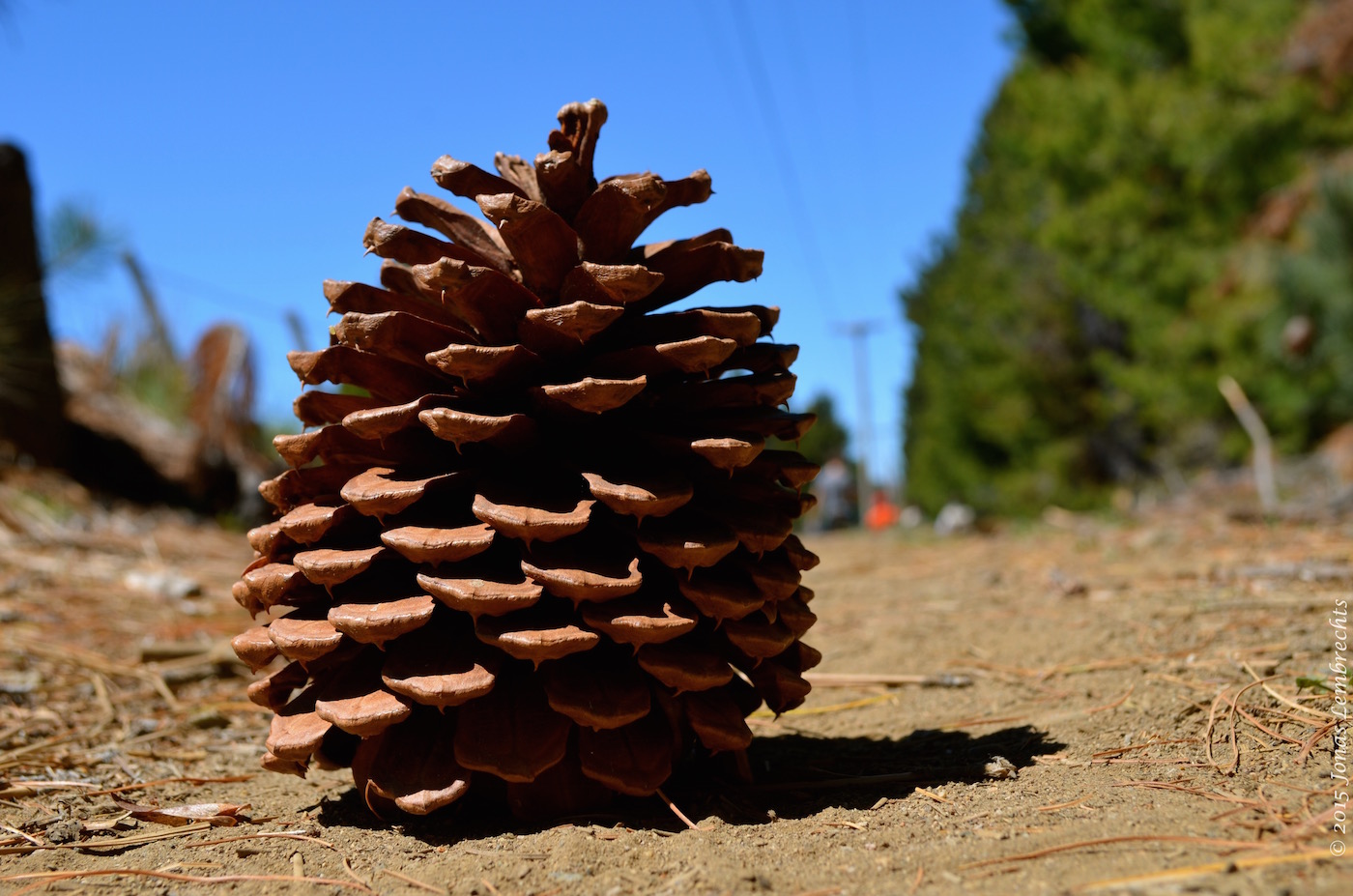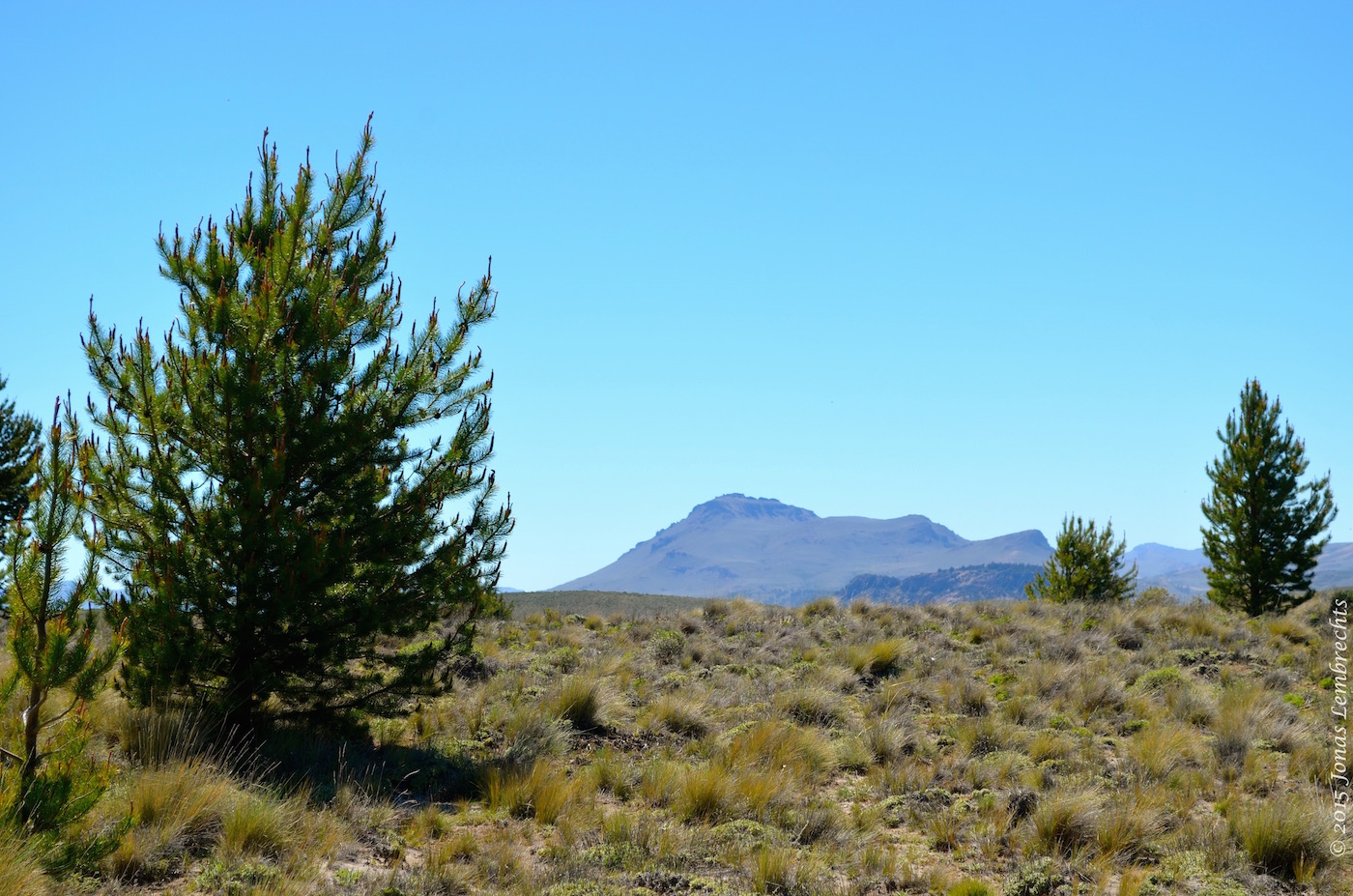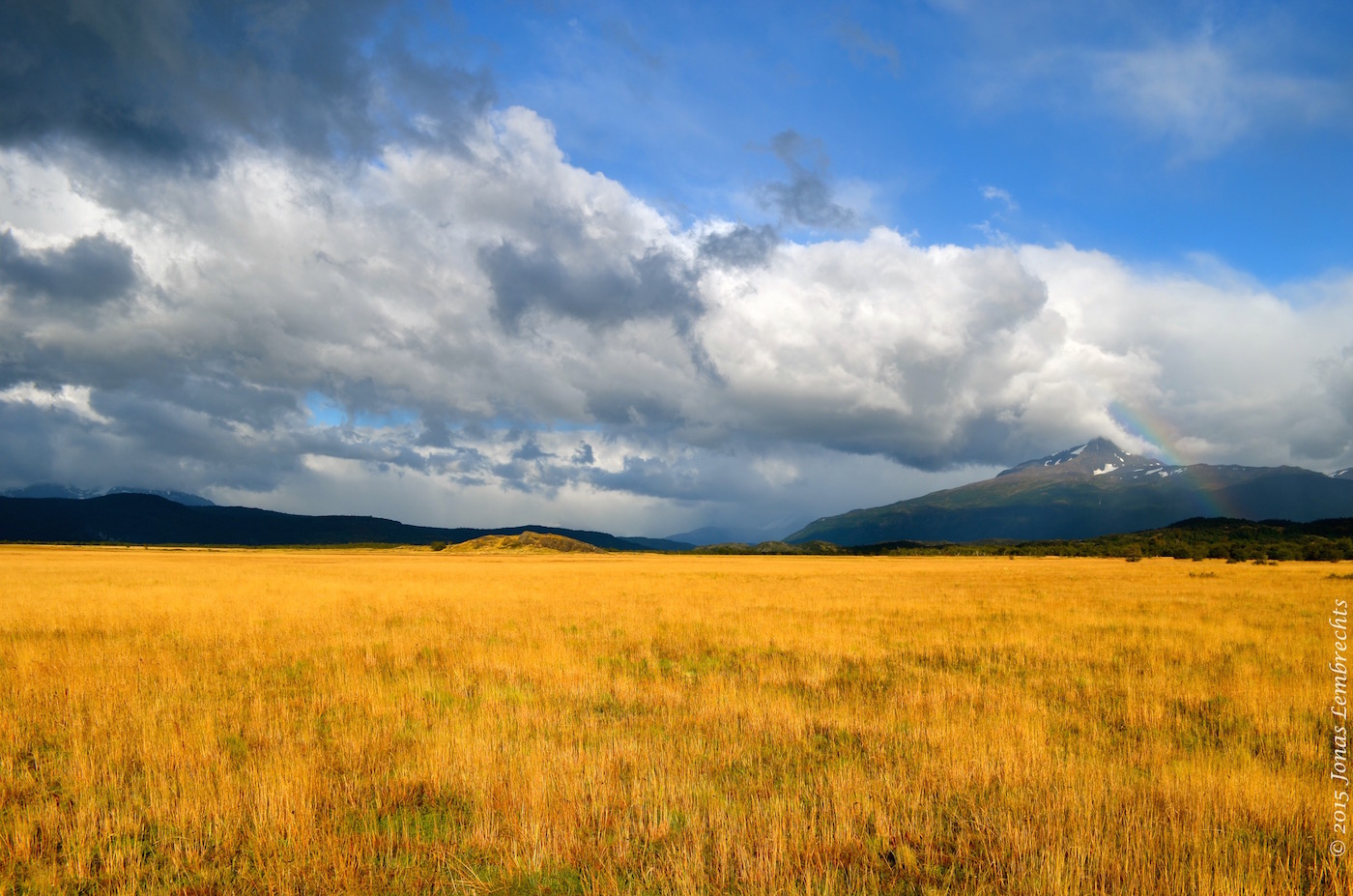
The pine tree invasion
of South America
San Carlos de Bariloche, Argentina. The road to the airport is flanked by massive pine trees blocking the view on the surrounding dry Patagonian steppe. They seem to flourish in this environment, although they are far from home. The new environment does not seem to stop them from growing tall and strong, and—most importantly—producing large amounts of seeds. Pine trees of every species can produce an enormous mass of seeds that dramatically accelerates the invasion process.
The impact of this seed dispersal is obvious as soon as one steps through the first stand of planted trees. All through the Patagonian steppe, a mosaic of big, small and smaller pine trees is developing, turning the open landscape into a conifer forest. The seed source is obvious, with many and tall trees close to the roadside, from where they gradually decline in number and size over the next ten to hundreds of meters.

This potential for spread outside the plantations and the massive impact of conifers on the steppe's native vegetation has sparked the attention of ecologists. Although many conifer species were introduced in South America in the 19th century or earlier, the true large-scale introductions by means of commercial plantations—pine trees are attractive for lumber and ornamentation—started in the 20th century. This makes conifer invasion a fairly recent phenomenon in South America.

Pines invading the Patagonian steppe.
The fact that the introduction of pine trees is such a recent phenomenon might be key to their management. The introduction of conifers to South America lags behind several other important cases of pine invasion elsewhere in the Southern Hemisphere like New Zealand, South Africa and Australia. With current conservation measures fairly weak in South America, it is very important to learn lessons from the successes and failures concerning introductions elsewhere.
Current investigations focus on the impact of these rapid changes on native ecosystems all over South America. Changes in fire frequencies in the steppe and diversity loss of plants and animals all occur in the shade of these spreading pines. Other important questions involve the ability of the original vegetation to regrow after pine tree removal. More recently, we raised the question how this ongoing invasion might facilitate, or limit, the invasion of other nonnative plant species. On that I surely hope to report in the future.

Pine invasion might replace the beautiful planes of the Patagonian steppe.
Jonas Lembrechts is a PhD student from the University of Antwerp in Belgium doing field work in southern Chile. Find out how this story fits in with his research on his website.
More reading:
Langdon B, Pauchard A, Aguayo M (2010). Pinus contorta invasion in the Chilean Patagonia: local patterns in a global context. Biological Invasions 12:3961-3971.
Simberloff D, Nunez MA, Ledgard NJ, Pauchard A, Richardson DM, Sarasola M, Van Wilgen BW, Zalba SM, Zenni RD, Bustamante R, Pena E, Ziller SR (2009). Spread and impact of introduced conifers in South America: lessons from other southern hemisphere regions. Austral Ecology doi:10.1111/j.1442-9993.2009.02058.x